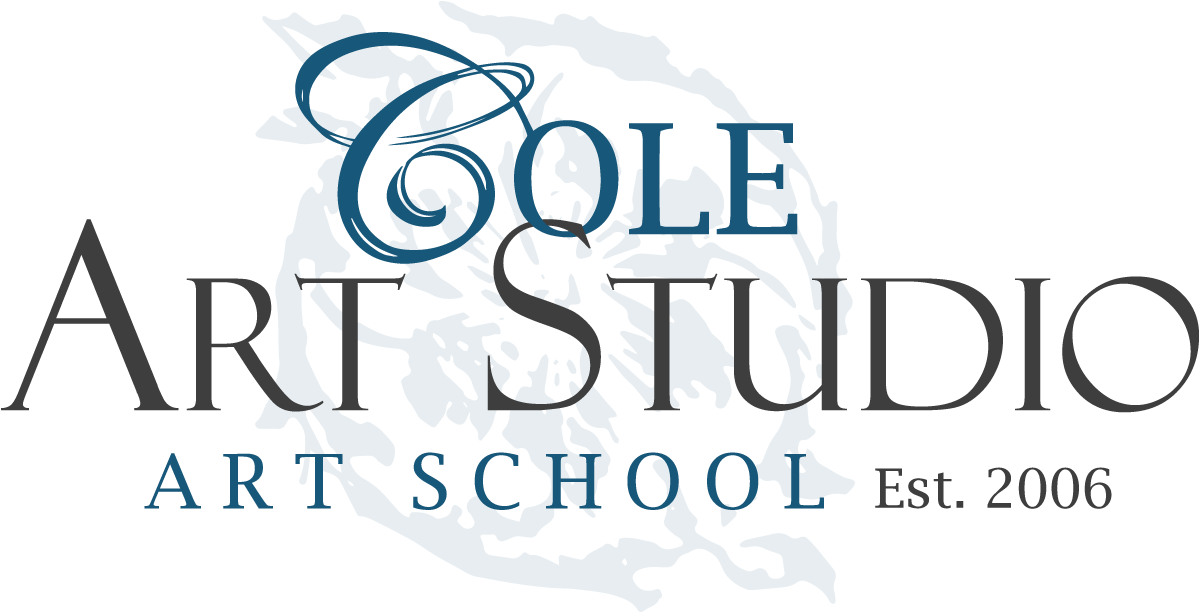"Beginning Oil and Acrylic Painting" w/ Joe Mac Kechnie
DATE/TIME: 5 Wednesday Afternoons 2pm-5pm
March 16, 23, 30, April 16, 13
COST: $185 for all 5 classes or $45 for one. Sign up for all 5 to get the best results!
REGISTER: For any of these classes, sign up and make payments directly with Joe at joe@netos.com or 206-930-4101. Or, register online at: www.jlmackechnie.com/workshops
CLASS DESCRIPTION:
Have you ever wanted to learn oil or acrylic painting? Not sure where to even begin? Or maybe you are somewhat new to painting and struggling with techniques? This is the class you've been waiting for! Joe loves teaching beginners, to see that light turn on, and to help you get over those hurdles and begin the wonderful Art Experience Journey!
Oil painting has been one of the oldest and most revered art materials since the early 1400’s. When painted correctly, oil paintings exhibit a luminosity that glows when light shines on them. Newer yet to the art world is the medium of acrylics. First seen in the mid 1940’s, acrylics have been slowly gaining popularity and exhibit many properties of oils.
Beloved art instructor and artist Joe Mac Kechnie will assist you in learning the techniques for producing your first rate paintings in this five week session.
SUPPLY LIST:
Drawing Materials
The underlying principle to any great artwork is the artist’s ability to draw. As part of this series of oil and acrylic painting classes, time will be spent on improving your drawing skills. Good drawing materials and techniques will elevate your artwork. Here are a few drawing materials I use:
- #5B or 6B drawing pencils
- Kneaded eraser
- Soft charcoal pencils and vine charcoal sticks
- Razor blade and sandpaper for sharpening pencils
- Drawing tablet or notebook
Palette (the ones that can be sealed will work for both acrylics and oil paints).
For Acrylic painters you will need:
- 12x16 sealed Masterson Handy Palette or Painter’s Pal Palette for acrylics and oils
- 12x16 Stay-wet palette membrane for acrylics
- 12x16 Stay-wet Pro Palette sponge
For Oil Painters:
- 12x16 Disposable Paper Palette paper for oils or 12x16 glass palette to be inserted into a 12x16 sealed Masterson Handy Palette
Brushes (Consult with Art Spot for other recommendations)
- Flat - Hog Bristle, 3/4" wide
- Filbert - Hog Bristle, 1/2" wide
- Flat - Synthetic, 1/2" wide
- Filbert – Synthetic, 1/4" wide
- Round- Synthetic, 3/16" diameter
- Rigger - Synthetic, 1/16" X 1" (probably #1) short handle
- Fan - Synthetic, 1-1/4" wide
Canvases
For our classes, the best pre-gesso canvases to use are:
- Fredrix Cotton canvas panels, 16x20, 12x9 and 12x16.
Acrylic and Oil Paints
Paints come in numerous brands. Start with the best. Use professional-quality paints and you will have fewer problems. For oils, I use Winsor Newton, Daniel Smith, Utrecht, Gamblin, and Rembrandt. For Acrylics I use Golden full body. Colors for your beginner palette are:
Reds:
- Alizarin Crimson Permanent
- Cadmium Red Light
Blues:
- Pthalo Blue
- Cobalt Teal
- French Ultramarine
Yellows:
- Raw Sienna
- Yellow Ochre
- Cadmium Yellow Light
Earths:
- Ivory Black
- Burnt Sienna
- Transparent Oxide Red
Greens:
- Sap Green
- Permanent Green
Whites:
- Titanium White
Mediums
Mediums are used to dilute color, increase gloss and transparency, reduce drying time, and avoid over thinning. For the classes, I will be using the following:
Oils:
- Gamblin Galkyd or Daniel Smith’s Alkyd painting medium for speeding up drying times
- Gamblin Gamsol Odorless Mineral Spirits or Daniel Smith’s DS-Sol mineral spirits - for cleaning brushes and thinning paint. (NOTE: no stinky mediums or spirits are allowed at Cole Art Studio.)
Acrylics
- Acrylic Retarder by Golden to slow down the drying times.
Other Stuff
- (Oils) Sealed container for paint thinner: for cleaning brushes and diluting paint.
- (Acrylics) Container for water
- (Acrylics) Medium size water spray bottle
- Rags
- Paper Towels
- Disposable rubber gloves or artist’s protective hand cream
- Palette knives (optional)
- Plastic bags for waste disposal
- Masking tape
- Small desktop easel (or Plein Air easel if you have one)
- Painting apron or old painting clothes






